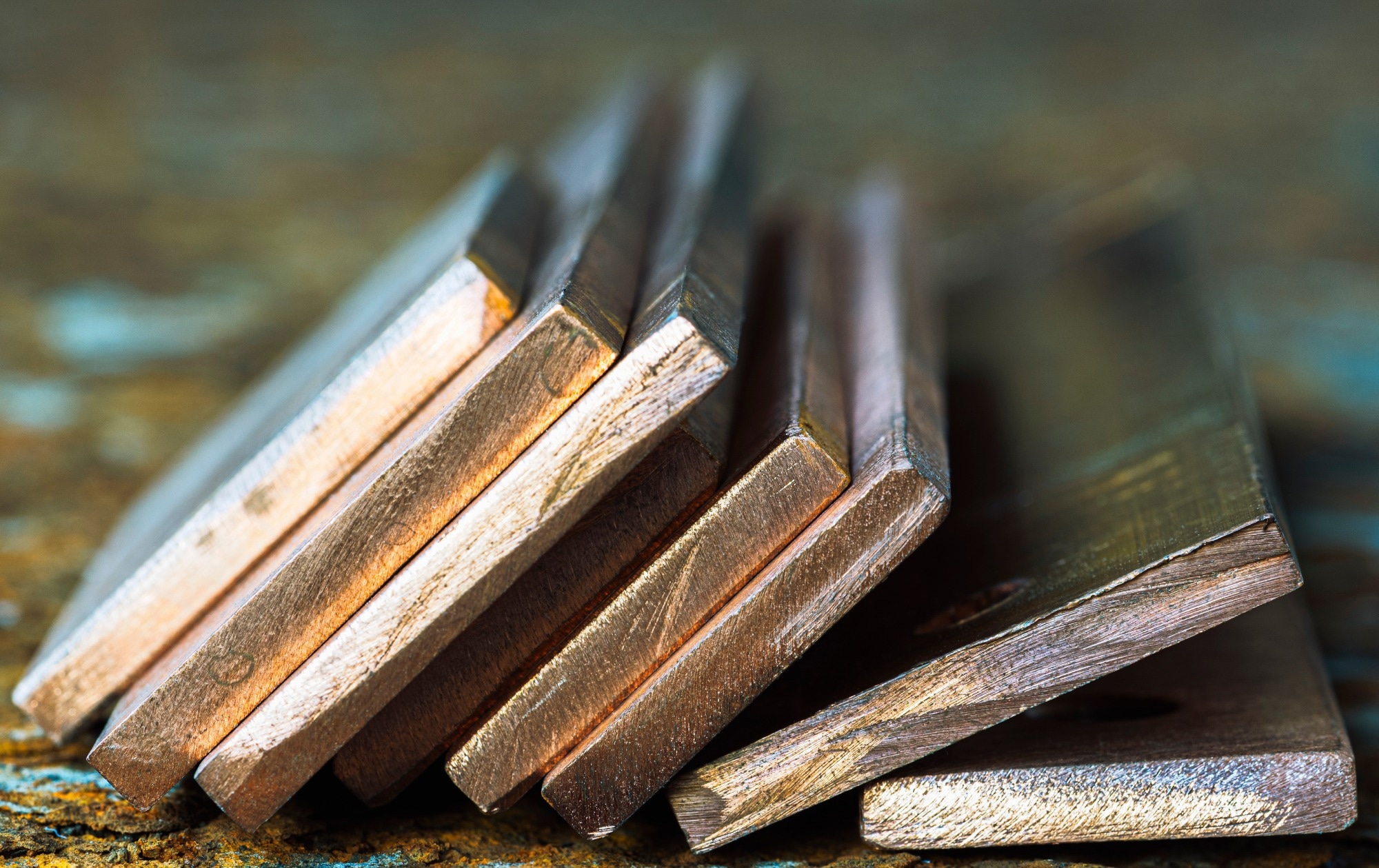A new chromium-molybdenum-silicon alloy has overcome a decades-old trade-off between strength and stability.
 Image Credit: Flegere/Shutterstock.com
Image Credit: Flegere/Shutterstock.com
The alloy, developed by German researchers, has a rare combination of ductility at room temperature and oxidation resistance at temperatures up to 1100 °C, important qualities for durable materials in high-efficiency turbines and aerospace engines.
Published in Nature, the study addresses nickel-based superalloys' tendency to degrade at the extreme temperatures required for modern energy systems. The new alloy, Cr-36.1Mo-3Si, has a single-phase, body-centered cubic structure that holds up in both mechanical strength and environmental stability under harsh conditions.
Turbine and combustion engine components must withstand temperatures exceeding 1000 °C without deforming or oxidizing. Traditional Ni-based alloys suffer from molybdenum (Mo) oxidation, chromium (Cr) scale spallation, and brittleness at such extremes. Prior attempts to improve oxidation resistance using elements like aluminum or silicon often came at the cost of mechanical ductility.
The new alloy is designed to mitigate this trade-off.
Download your PDF now!
A Targeted Alloy Design
Researchers fabricated two alloys, Cr-36.1Mo-3Si and a Si-free Cr-37.2Mo control, using arc melting followed by homogenization at 1600 °C. Using techniques including XRD, SEM, EBSD, and atomic probe tomography, they analyzed structure, oxidation behavior, and mechanical response.
Cyclic oxidation tests at 800 °C and 1100 °C for 100 hours showed that Cr-36.1Mo-3Si formed a stable Cr2O3 scale, while the Si-free version developed porous, non-protective oxides and suffered mass loss due to MoO3 evaporation. Adding just three atomic percent silicon made the difference; this fraction of silicon promoted a nanoscale SiO2 layer at the metal-oxide interface, lowering local oxygen pressure and favoring protective Cr oxidation over volatile Mo oxide formation.
Stable at High Temperatures, Strong at Ambient
At 1100 °C, the alloy retained its geometry without catastrophic oxidation. While internal oxidation and complex oxide layering were observed, overall structural integrity was preserved, marking a clear improvement over previous Cr-based or Mo-rich designs.
Mechanical tests confirmed strong ductility and yield strength exceeding 900 MPa from room temperature to 700 °C, with more than 70 % of that strength retained at 900 °C. The combination of dislocation slip and deformation twinning enabled high work-hardening capacity, contributing to the alloy’s damage tolerance.
Microstructural Impact
The study revealed key differences between as-cast (AC) and homogenized (H) microstructures. Grain coarsening in the H condition led to reduced strength and ductility. Crucially, coarse grains promoted deformation twinning at the onset of plastic deformation, highlighting how grain size can be used to tune the balance between slip and twinning, and ultimately mechanical performance.
Future research will focus on grain refinement and thermomechanical processing to improve ductility and toughness even further, especially under tensile loading. Understanding how stress, temperature, and microstructure interact will be essential for optimizing these alloys for commercial use.
Reference
Hinrichs, F., Winkens, G., et al. (2025). A ductile chromium–molybdenum alloy resistant to high-temperature oxidation. Nature, 646(8084), 331–337.
DOI: 10.1038/S41586-025-09516-8
Disclaimer: The views expressed here are those of the author expressed in their private capacity and do not necessarily represent the views of AZoM.com Limited T/A AZoNetwork the owner and operator of this website. This disclaimer forms part of the Terms and conditions of use of this website.